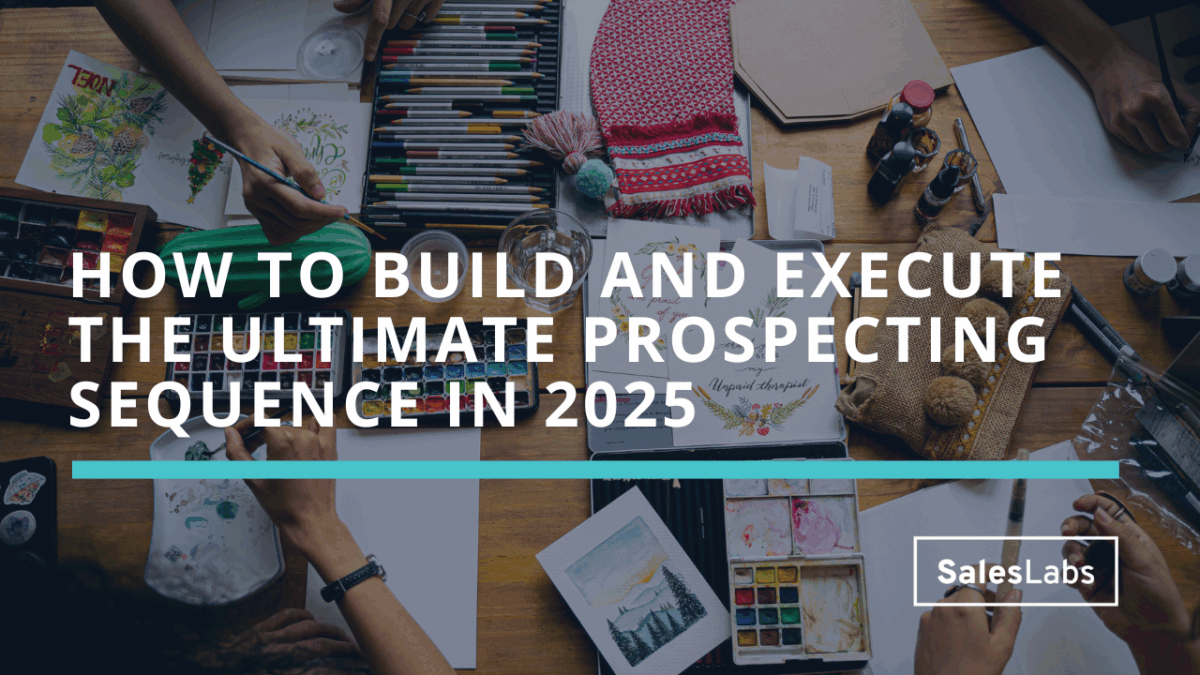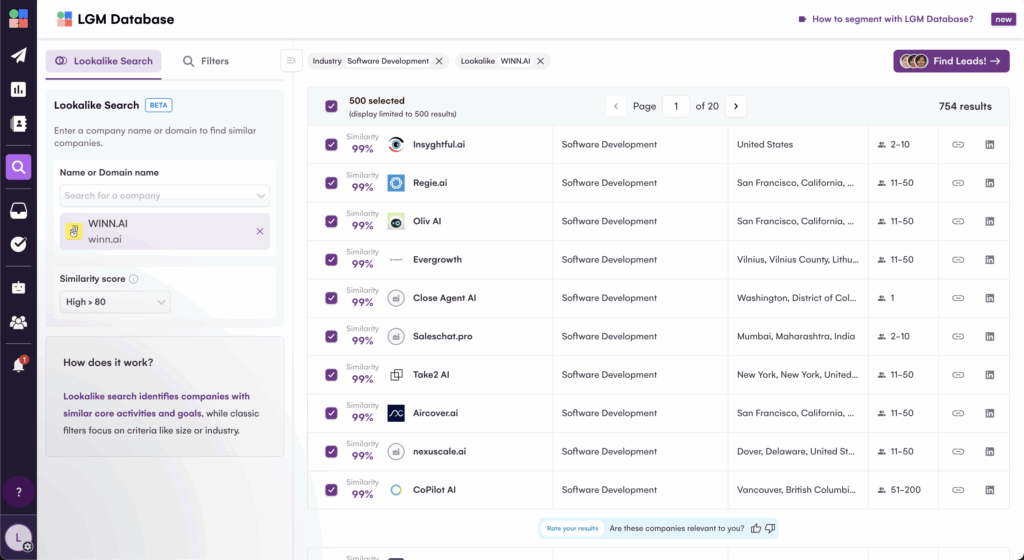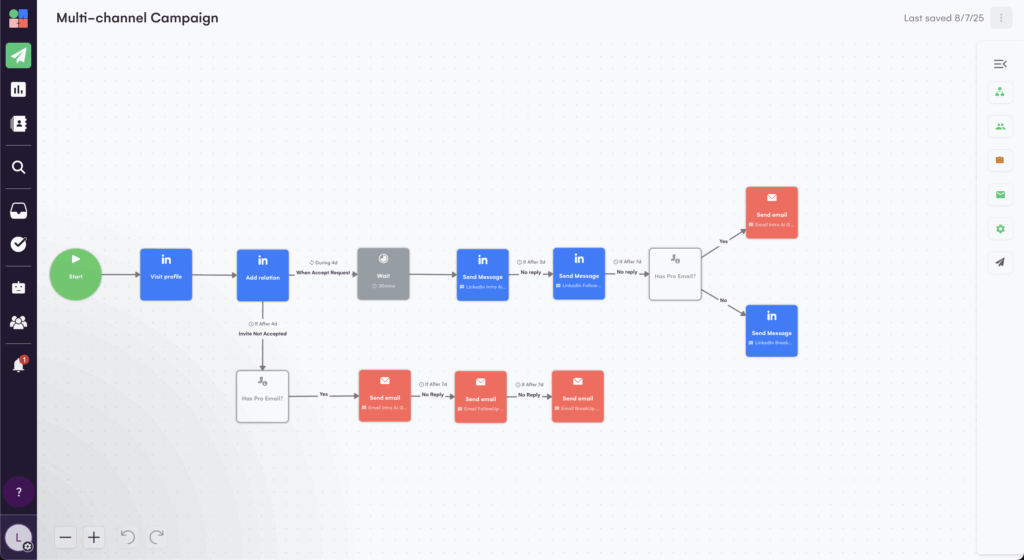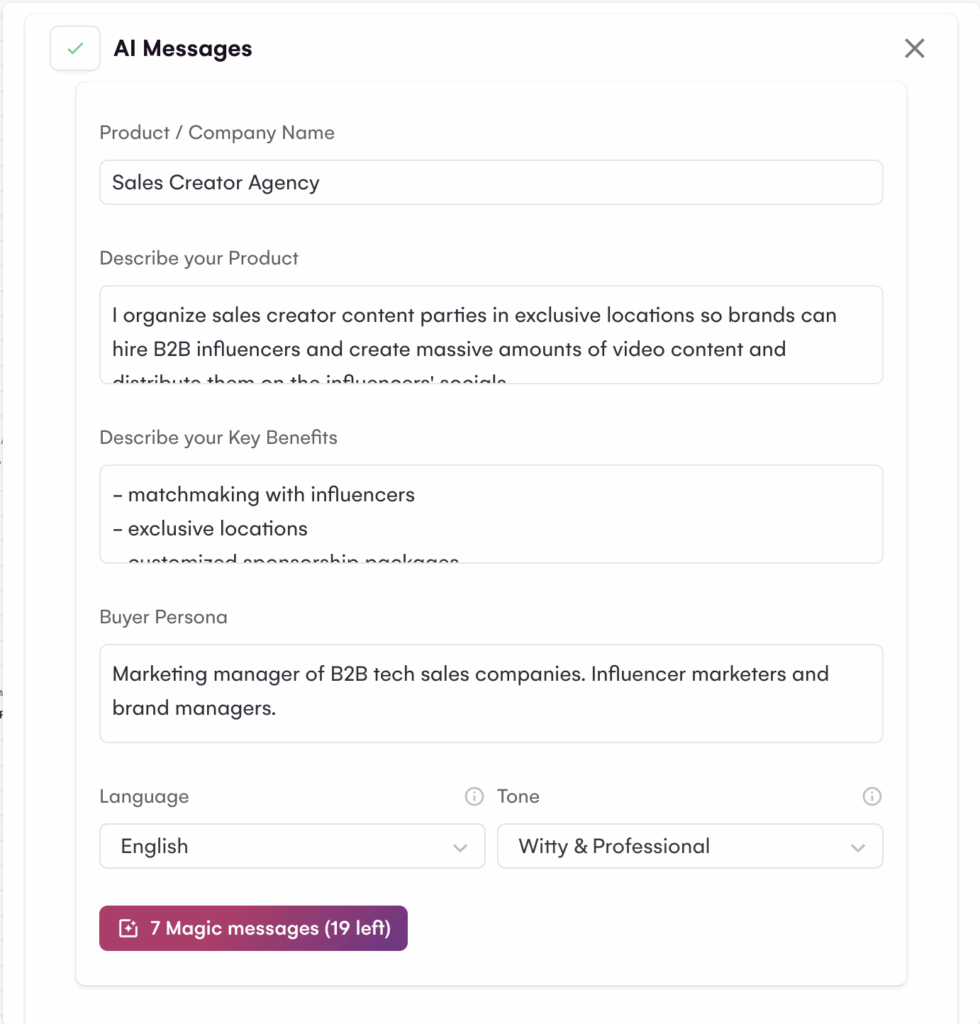How I generated $98,576 in pipeline in the last 3 weeks
In today’s issue, I’ll share how I built $98,576 in pipeline in the last 3 weeks, and how I closed $50,432 in the same time frame. I’ve been working for myself for 7 years and these have been the most exciting 3 weeks since I left the last job I ever had.
2025 is a rough year for most salespeople. Budgets are slashed everywhere, layoffs happen daily, and economic uncertainty prevents a lot of businesses from making purchasing decisions.
But not everything is going wrong. The basics of prospecting and sales still work, and buyers are still making purchasing decisions to solve their problems.
Here’s how I manage to build all this pipeline in 3 weeks only:
Step 1: Build a monthly plan
For the last 2 years, I’ve been working without discipline. I was in a period of my life where I didn’t really feel like pushing to work more, so I took work as it came. In September of this year, I decided to do things differently. I started the month by giving myself the public goal of closing $30,000 in September.
I broke down this goal into smaller goals and I listed 4 ways I would make money:
- Agent work
- Affiliate revenue
- Sponsored content
- 1:1 coaching/training
With these 4 revenue streams, I had a clear idea of what I needed to sell, and what type of message I would need to use in my prospecting.
Step 2: Write down weekly goals
My first week started pretty well, but I got lucky. I was at the end of a sales process that had started in August, and I closed $4,000 with a brand to create a video, 1 sponsored newsletter, and 2 LinkedIn posts.
I also had asked one of the companies I’m an affiliate with if they could recognize a deal they closed thanks to an online course one of my customers took. They accepted, another $4,200 closed on my first week.
But on the first Sunday of the month, I realized that my first week was a lucky shot. So I decided to write down my goal to make $10,000 on the second week in my notebook. And that week, I closed $32,630! I then skipped a week (don’t ask me why, I don’t know myself) and I didn’t close anything that week (not surprising).
So I wrote down $20K on my notebook on Sunday, and I closed $6,250 at the moment of writing (with another $14,944 I can potentially close before Sunday). Writing down your goals really work!
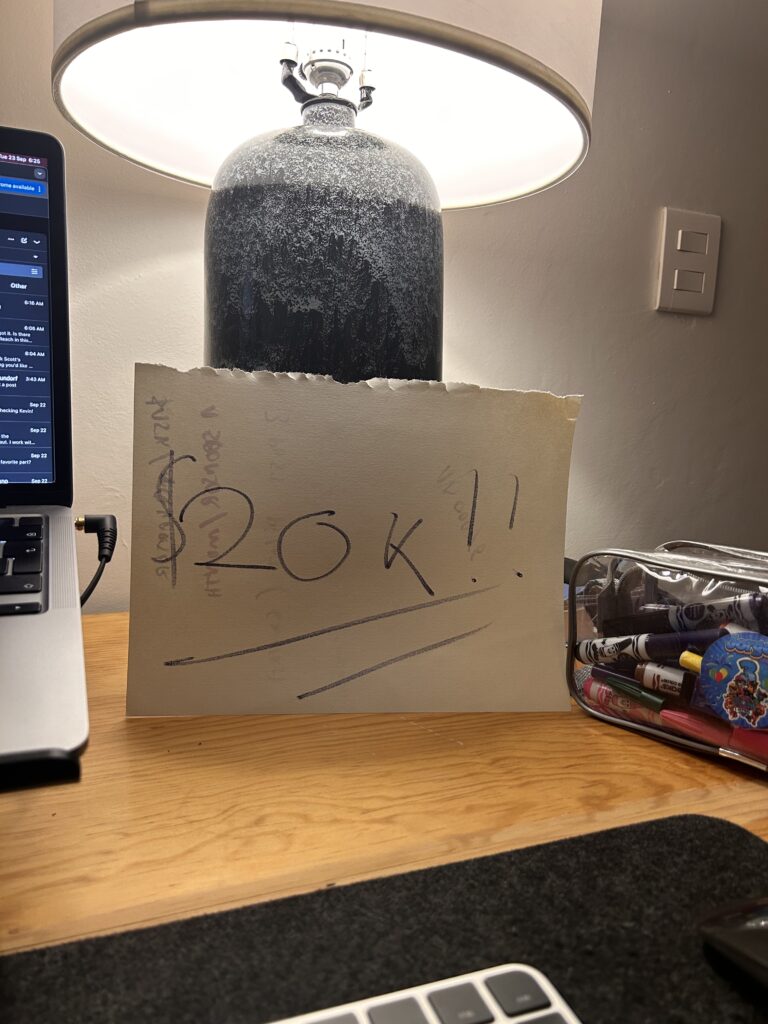
Step 3: Prospect relentlessly
Finally, all this planning and visualization would lead to nothing without execution. Every day, I start my morning with a 30-minute prospecting block. I start with follow-ups, find 5 to 10 new prospects, and add them to my sequence. This allowed me to book a total of 32 meetings (not all of them are from outbound) so far in September.
For me, this is the proof that prospecting increases your luck. It helps you grow your surface area and it has a direct impact on the opportunities you’re able to generate. I contact everyone who could either buy one of the 4 offerings I have, or know someone who could be interested in buying.
It’s simply the healthiest habit you can develop as a salesperson (and it only takes 30-min of proactive outbound every day).
And these are 3 steps I followed in September to generate $98,576 of pipeline. Have a clear monthly plan, write down your weekly goals (use a pen and a piece of paper), and prospect relentlessly.
Hope this helps.
Cheers,
Thibaut
And whenever you are ready, there 3 ways I can help you:
→ Enroll in The Prospecting Engine
→ Want to work with me? Let’s talk about it
→ Sponsor my content and get in front of 46.000+ salespeople
Subscribe to the Newsletter
Get my free, 4 min weekly newsletter. Used by 5.400+ salespeople to book more meetings and work when, where, and how they want.
Subscribe to the Newsletter
Get my free, 4 min weekly newsletter. Used by 5.400+ salespeople to book more meetings and work when, where, and how they want.
